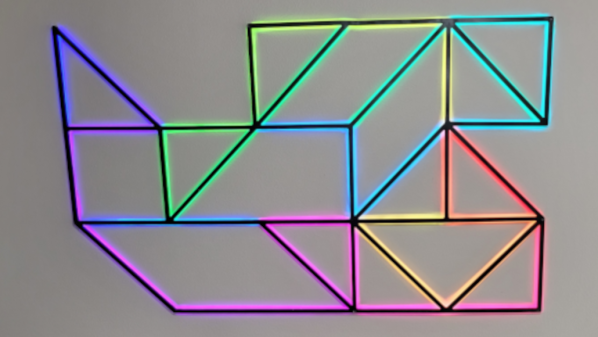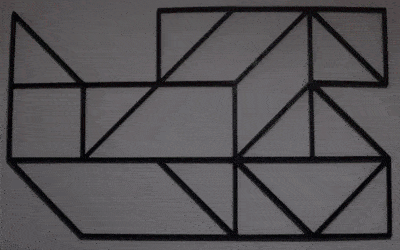Of all the rabbit holes we technical types tend to fall down, perhaps the one with the most twists and turns is: time. Some of this is due to the curiously mysterious nature of time itself, but more has to do with the various ways we’ve decided to slice and dice time to suit our needs. Most of those methods are (wisely) based upon the rhythms of nature, but maddeningly, the divisions we decided upon when the most precise instrument we had was our eyes are just a little bit off. And for a true time junkie, “a little bit off” can be a big, big problem.
Luckily, even the most dedicated timekeepers — those of us who feel physically ill when the clock on the stove and the clock on the microwave don’t match — have a place to go that’s a haven of temporal correctness: radio station WWV. Along with sister stations WWVB and WWVH, these stations are the voice of the US National Institutes for Standards and Technology’s Time and Frequency Division, broadcasting the official time for the country over shortwave radio.
Some might say the programming coming from these stations is a bit on the dry side, and it’s true that you can only listen to the seconds slip by for so long before realizing that there are probably better things to do with your day. But the WWV signals pack a surprising amount of information into their signals, some of it only tangentially related to our reckoning of time. This makes these stations and the services they provide essential infrastructure for our technological society, which in turn makes it worth your time to look into just how they do it.
Continue reading “Radio Station WWV: All Time, All The Time”
















